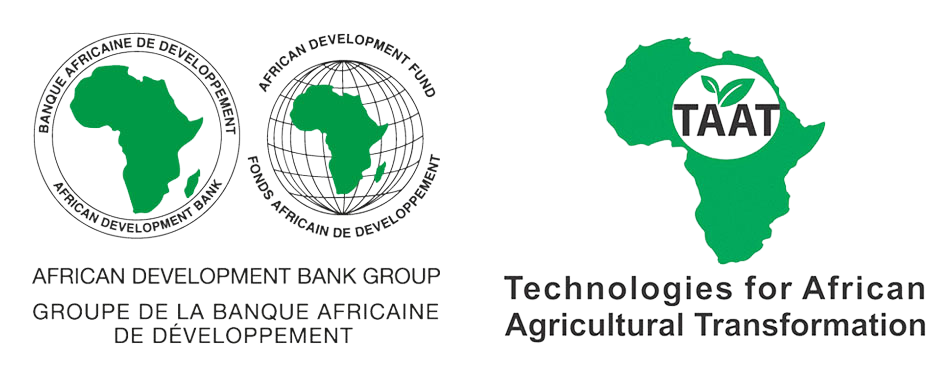

From planting to certification—seed production made simple.
The Field-Based Propagation of Cassava approach enables the fast and efficient production of high-quality, disease-free cassava seeds. By using techniques like SAH plantlets and pencil stems, this approach ensures that cassava seeds are multiplied quickly and are free from pests and diseases. Development partners can support this approach by providing funding and technical expertise to scale it across regions. The SeedTracker system helps certify and track the seeds, ensuring they meet quality standards. Supporting this approach helps improve farming practices, increase seed availability, and contribute to food security in developing regions.
This technology is pre-validated.
Adults 18 and over: Positive high
Adults can directly benefit from income generation through seed production, improving livelihoods and productivity in agriculture.
The poor: Positive high
Job creation in seed production provides the poor with a direct opportunity for income and livelihood improvement.
Under 18: Positive low
Exposure to agricultural technology can inspire interest in agriculture, guiding future career choices, though the immediate impact is limited.
Women: Positive high
Women gain economic empowerment through value addition in cassava seed production, which increases their financial independence
Climate adaptability: Moderately adaptable
Improved seeds increase resilience to climate stress, helping farmers adapt to droughts and other changing weather patterns.
Farmer climate change readiness: Moderate improvement
By providing disease-resistant seeds, farmers are better equipped to cope with the challenges posed by climate change.
Biodiversity: Positive impact on biodiversity
Disease-free seeds reduce pest spread, indirectly protecting surrounding crops, though cassava remains a monoculture.
Carbon footprint: Same amount of carbon released
The technology does not directly affect carbon emissions but may reduce dependency on chemical inputs, which can indirectly lower emissions.
Environmental health: Moderately improves environmental health
The technology reduces the need for pesticides, helping protect local ecosystems and water quality.
Development partners, including NGOs, international donors, and technical organizations, play a critical role in providing funding, technical support, and expertise. They help build the capacity of seed producers, scale the technology, and ensure long-term sustainability.
Key Elements to Consider:
Capacity Building and Technical Support: Development partners should offer training programs to seed producers on best practices for cassava seed multiplication. This includes using SeedTracker for registration and certification, and PlantVillage Nuru for disease identification and pest management.
Monitoring and Evaluation (M&E): Support the establishment of monitoring systems to track seed production, seed quality, and market demand. SeedTracker can be used to monitor seed performance and ensure the entire supply chain is transparent.
Market Linkages and Networking: Facilitate connections between seed producers and markets. Development partners can help seed entrepreneurs connect with local agro-dealers, farmer cooperatives, and processors, ensuring the seeds reach the farmers who need them.
Infrastructure and Resources: Provide funding or technical assistance to establish necessary infrastructure, such as irrigation systems, storage facilities, and processing units. This will help seed producers efficiently manage their operations.
Sustainability and Scaling: Assist in creating sustainable business models for seed producers, ensuring that they can generate profits and continue growing. Additionally, help scale up successful pilot projects or models like the BASICS-II project, which demonstrates the scalability of seed systems.
Production Cost
ROI
Revenue
No formal IP rights
Scaling Readiness describes how complete a technology’s development is and its ability to be scaled. It produces a score that measures a technology’s readiness along two axes: the level of maturity of the idea itself, and the level to which the technology has been used so far.
Each axis goes from 0 to 9 where 9 is the “ready-to-scale” status. For each technology profile in the e-catalogs we have documented the scaling readiness status from evidence given by the technology providers. The e-catalogs only showcase technologies for which the scaling readiness score is at least 8 for maturity of the idea and 7 for the level of use.
The graph below represents visually the scaling readiness status for this technology, you can see the label of each level by hovering your mouse cursor on the number.
Read more about scaling readiness ›
Uncontrolled environment: validated
Common use by intended users, in the real world
| Maturity of the idea | Level of use | |||||||||
| 9 | ||||||||||
| 8 | ||||||||||
| 7 | ||||||||||
| 6 | ||||||||||
| 5 | ||||||||||
| 4 | ||||||||||
| 3 | ||||||||||
| 2 | ||||||||||
| 1 | ||||||||||
| 1 | 2 | 3 | 4 | 5 | 6 | 7 | 8 | 9 | ||
| Country | Testing ongoing | Tested | Adopted |
|---|---|---|---|
| Angola | –No ongoing testing | Tested | Adopted |
| Benin | –No ongoing testing | Tested | Adopted |
| Burkina Faso | Testing ongoing | –Not tested | –Not adopted |
| Burundi | –No ongoing testing | Tested | –Not adopted |
| Cameroon | –No ongoing testing | Tested | Adopted |
| Central African Republic | –No ongoing testing | Tested | Adopted |
| Comoros | Testing ongoing | –Not tested | –Not adopted |
| Côte d’Ivoire | –No ongoing testing | Tested | –Not adopted |
| Democratic Republic of the Congo | –No ongoing testing | –Not tested | Adopted |
| Gabon | –No ongoing testing | Tested | Adopted |
| Ghana | –No ongoing testing | Tested | Adopted |
| Kenya | –No ongoing testing | Tested | –Not adopted |
| Liberia | –No ongoing testing | Tested | Adopted |
| Madagascar | Testing ongoing | –Not tested | –Not adopted |
| Malawi | –No ongoing testing | Tested | Adopted |
| Mali | Testing ongoing | –Not tested | –Not adopted |
| Nigeria | –No ongoing testing | Tested | Adopted |
| Republic of the Congo | –No ongoing testing | Tested | Adopted |
| Rwanda | –No ongoing testing | Tested | Adopted |
| Sierra Leone | –No ongoing testing | Tested | Adopted |
| Tanzania | –No ongoing testing | Tested | Adopted |
| Togo | –No ongoing testing | Tested | Adopted |
| Uganda | –No ongoing testing | Tested | Adopted |
| Zambia | –No ongoing testing | Tested | Adopted |
This technology can be used in the colored agro-ecological zones. Any zones shown in white are not suitable for this technology.
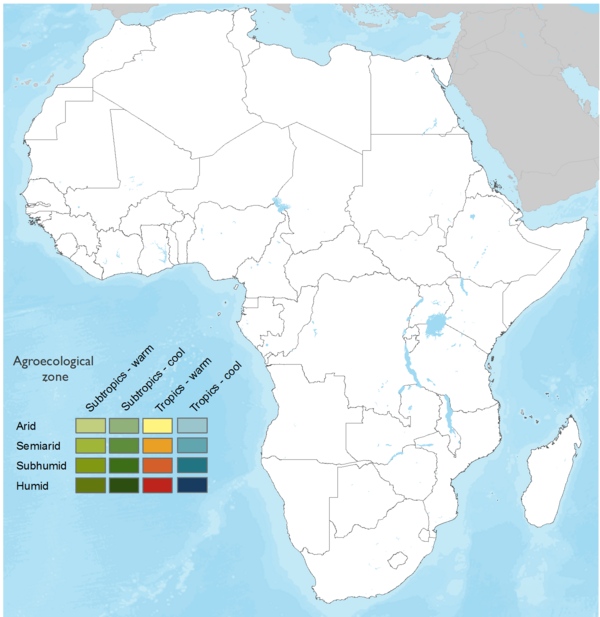
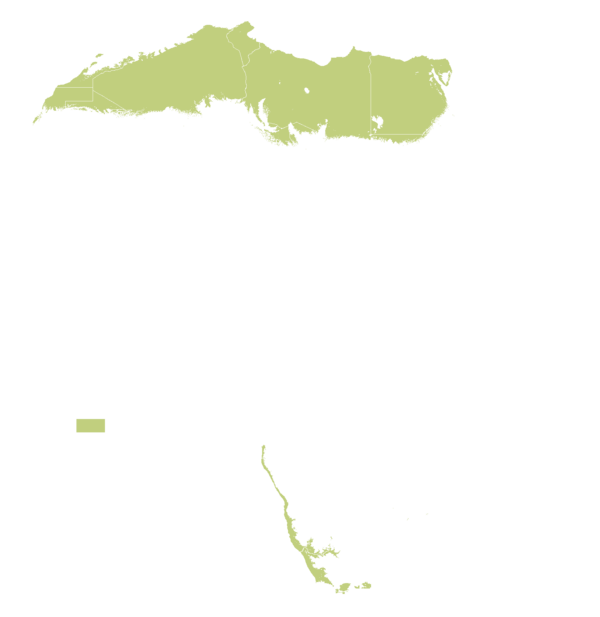

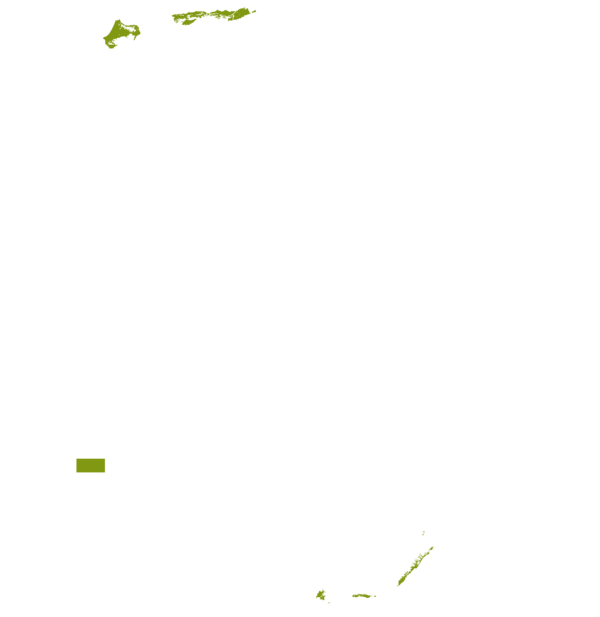


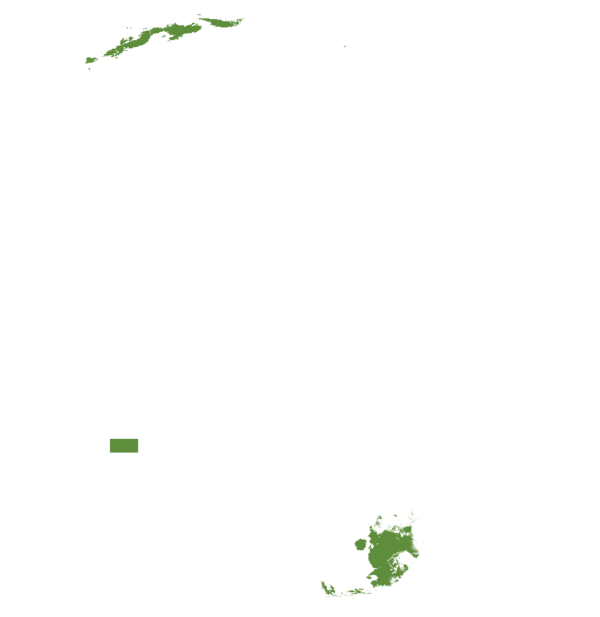
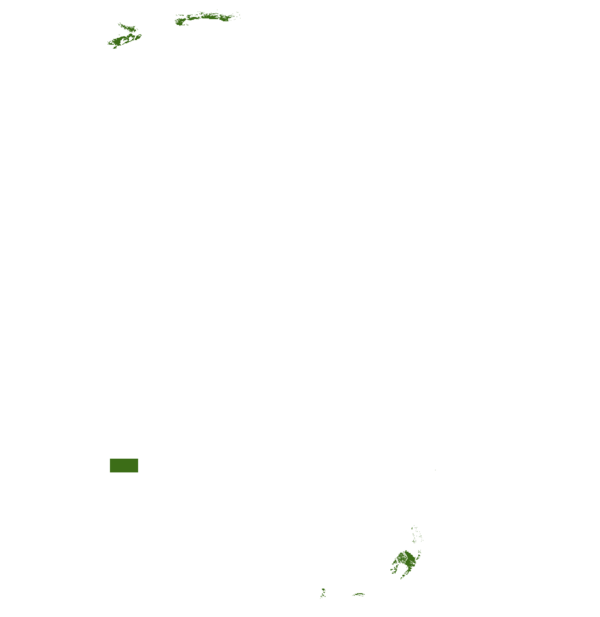

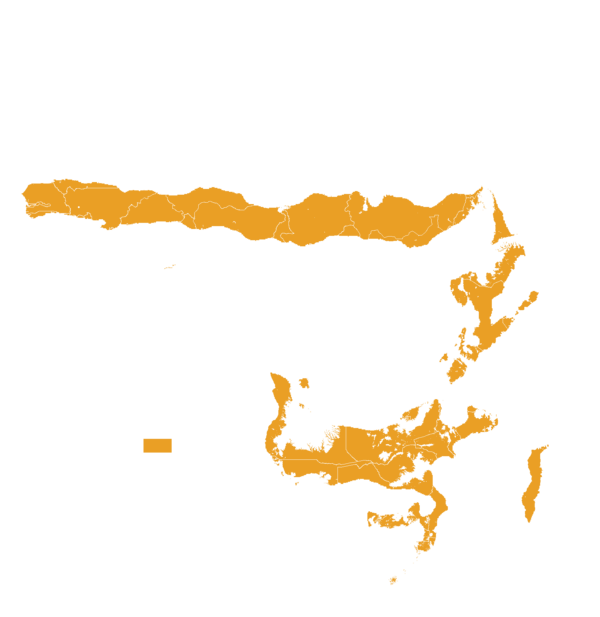
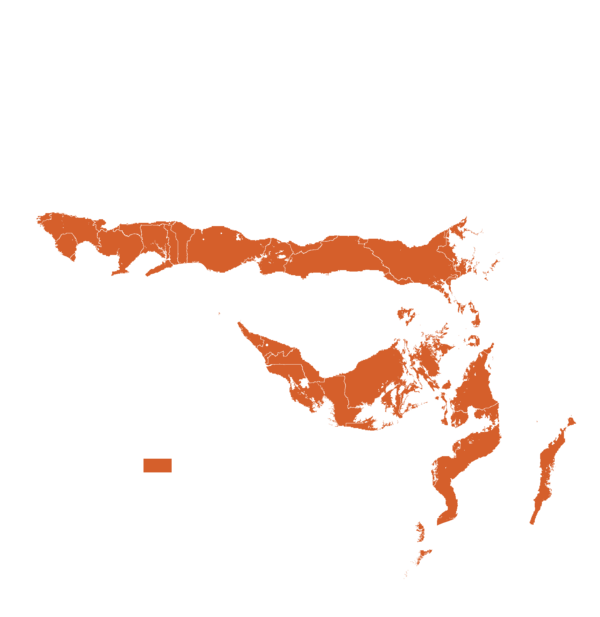

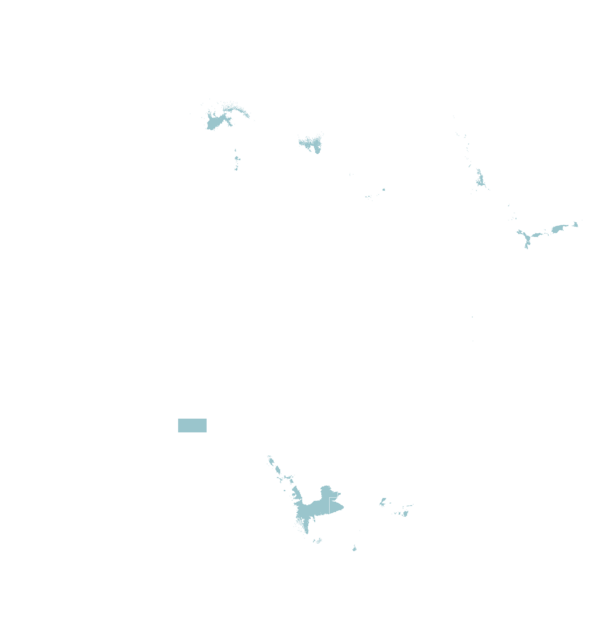

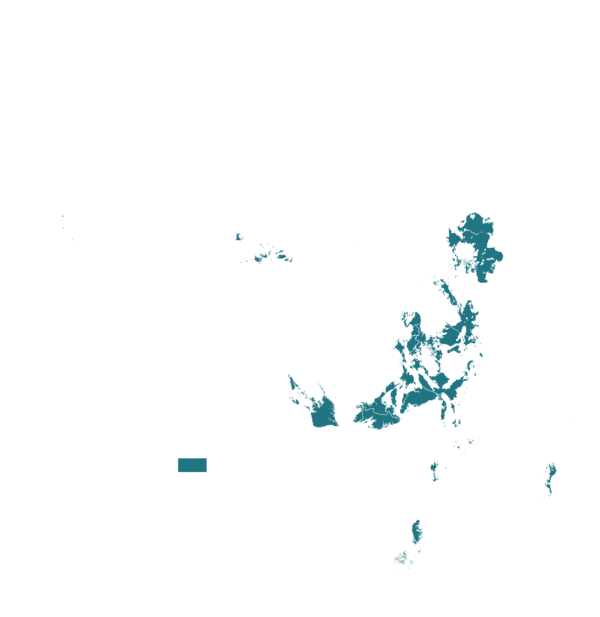
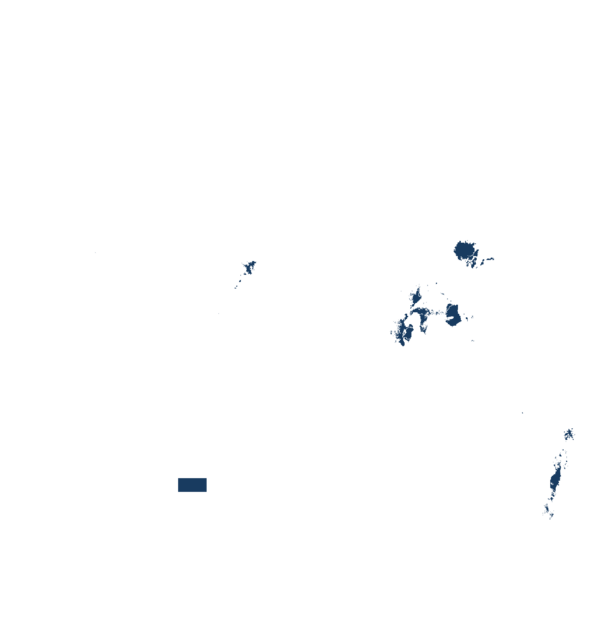
| AEZ | Subtropic - warm | Subtropic - cool | Tropic - warm | Tropic - cool |
|---|---|---|---|---|
| Arid | ||||
| Semiarid | ||||
| Subhumid | ||||
| Humid |
Source: HarvestChoice/IFPRI 2009
The United Nations Sustainable Development Goals that are applicable to this technology.

Job creation through seed production offers direct income opportunities for the poor, helping reduce poverty.

Improved seed quality directly supports food security by enhancing cassava productivity.
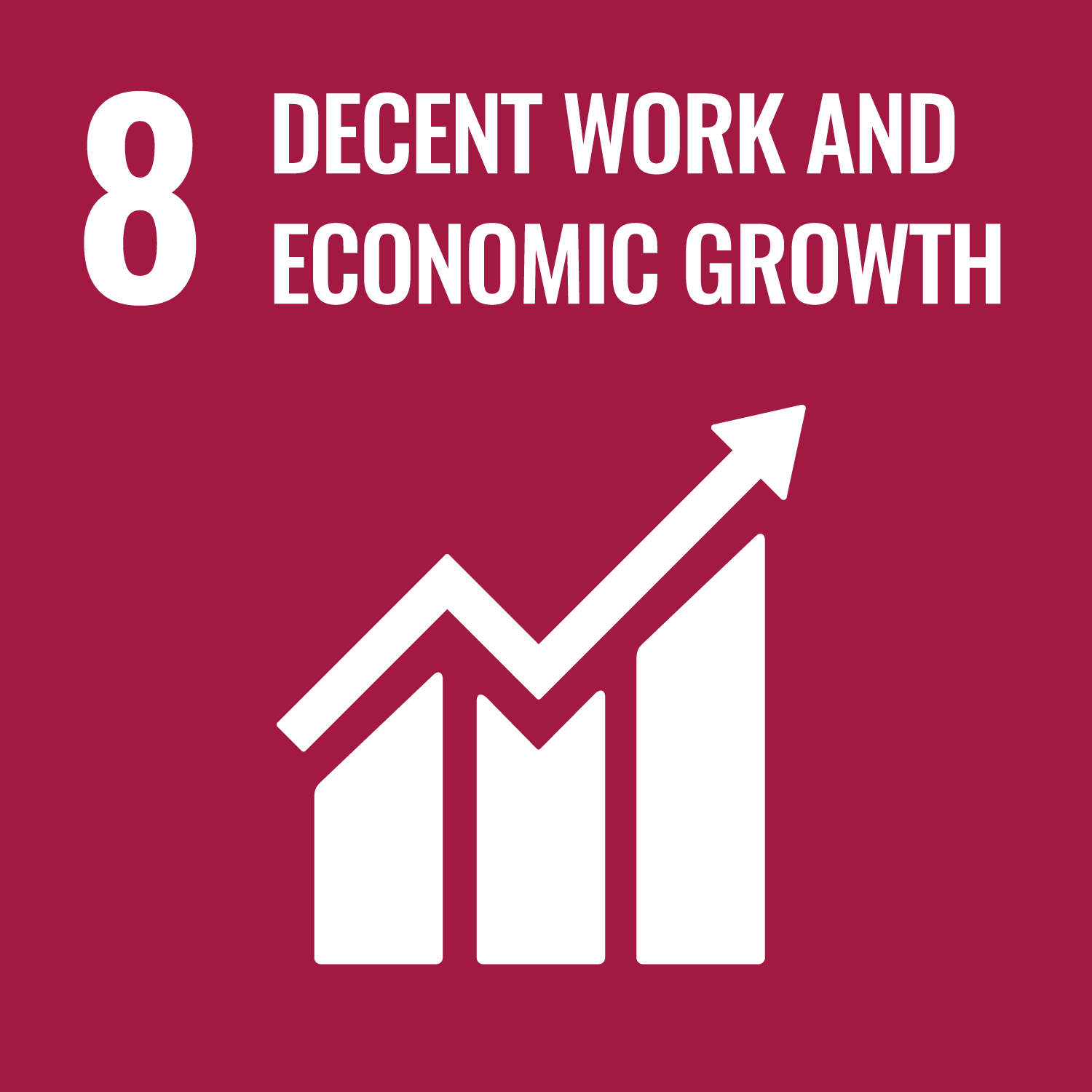
The technology creates employment opportunities and boosts economic growth in rural areas.
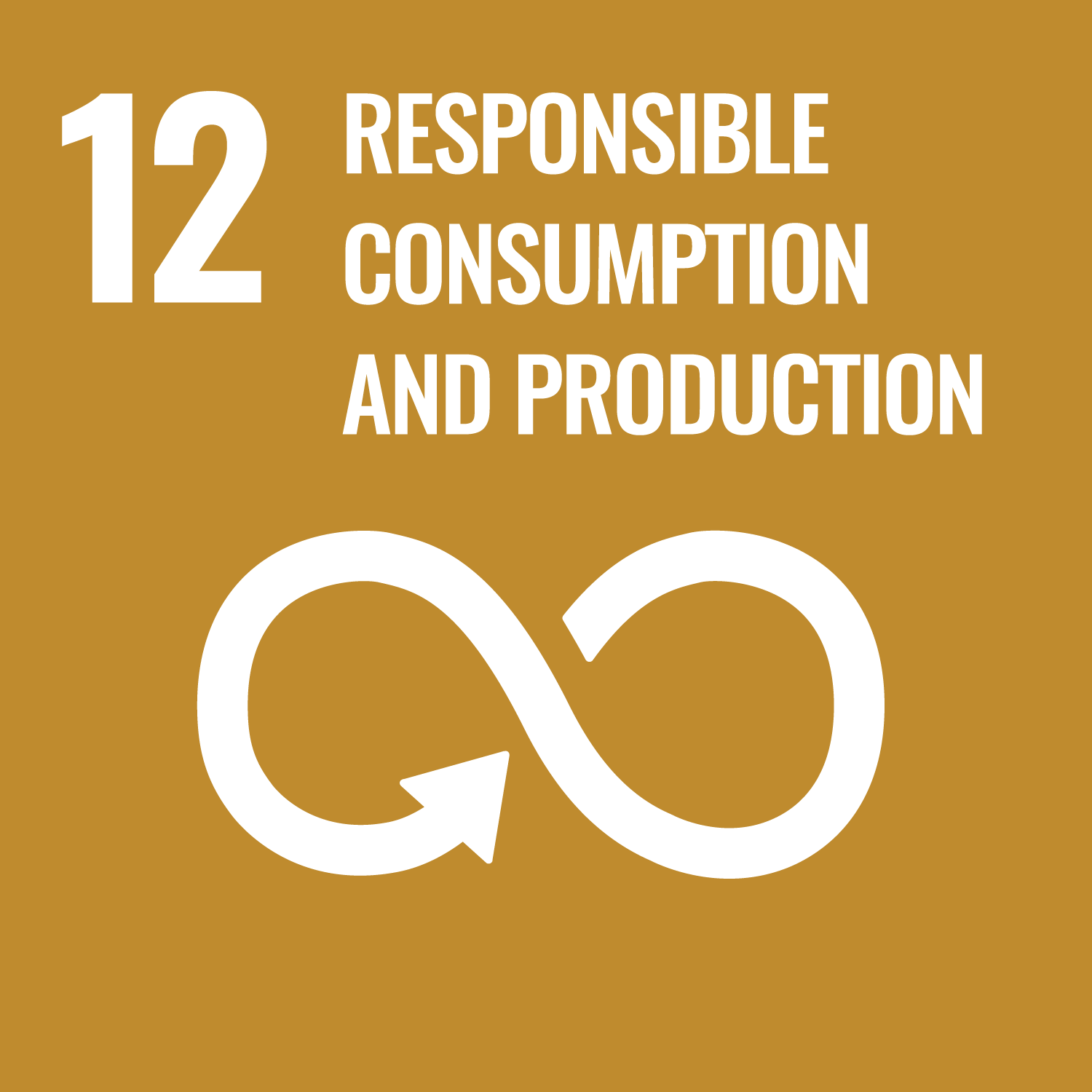
Encourages sustainable seed production practices, reducing dependency on chemicals and promoting responsible farming.
Develop a plan: Identify the area and locations for establishing the cassava propagation fields. Choose the cassava varieties to be used and decide whether the operation will be independent or part of an outgrower scheme.
Create a budget: Plan the financial aspects of setting up the propagation system, including the costs of land, labor, equipment, and materials. Establish a plan to demonstrate the profitability of the venture within 2-4 years, ensuring financial sustainability and long-term viability.
Obtain healthy seeds: Acquire high-quality planting materials, such as SAH plantlets, pencil stems, nodal cuttings, or stem cuttings. These can be sourced from breeding programs or reputable seed producers.
Ensure disease-free material: It's crucial that all seeds used are free from diseases, as this is key to maintaining the quality and health of the final crop.
Prepare the land: Prepare the soil following guidelines specific to the type of seed being used. This includes clearing the field, loosening the soil, and ensuring the proper moisture levels. For SAH plantlets and pencil stems, the soil should be moistened, and planting should ideally occur during the rainy season or with irrigation.
Planting density: Plant the seeds at a double density (1m x 0.5m), which increases the number of stems per unit area and promotes the growth of straighter, taller stems that are ideal for further multiplication and sale.
Follow standard operating procedures (SOPs): Adhere to all local regulations and industry standards for seed production, including specific planting guidelines, isolation distances, and proper labeling of field plots.
Good Agricultural Practices (GAPs): Implement GAPs for managing the crop, including proper weed control, irrigation management, and pest management. Use practices like the 6-step approach to effective weed control to ensure healthy plant growth and optimal seed production.
Prepare for inspections: Seed producers should be ready for field inspections by seed regulators, which are typically conducted twice during the cropping period.
Manage seed quality: If any plants show signs of virus disease, immediately remove them to prevent the spread of infections. It's also important to remove any plants that do not match the intended variety ("off-types") to maintain the purity of the seed stock. These steps ensure that the seeds meet the required quality standards for certification.
Last updated on 30 June 2025